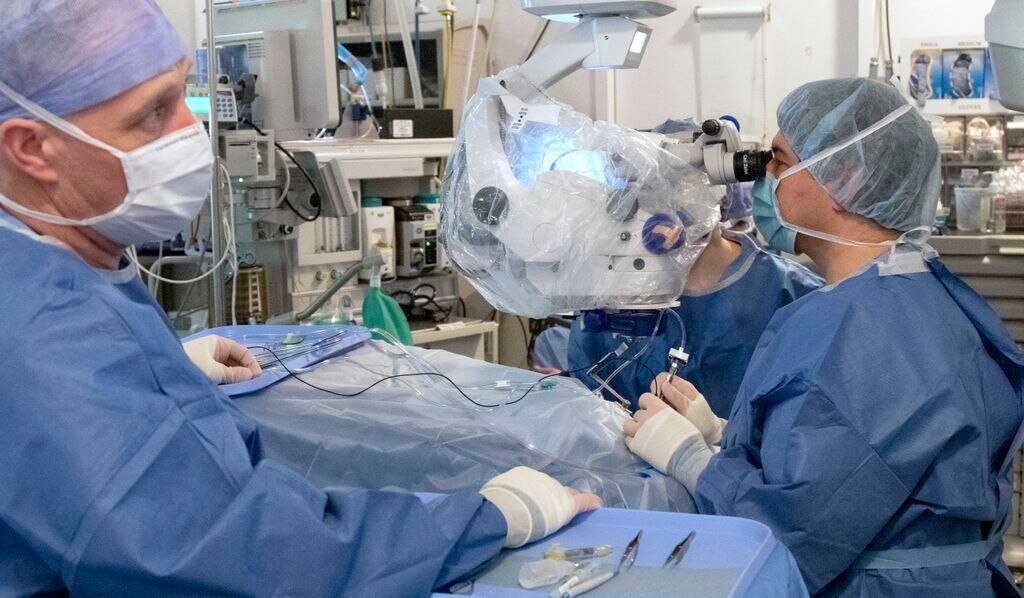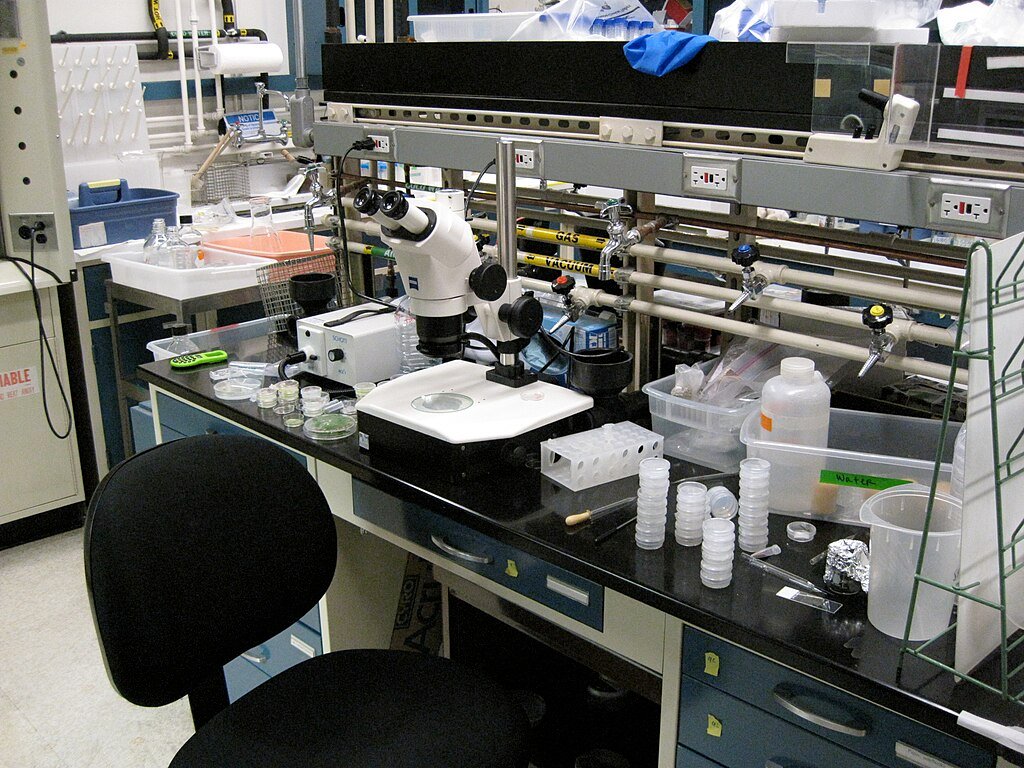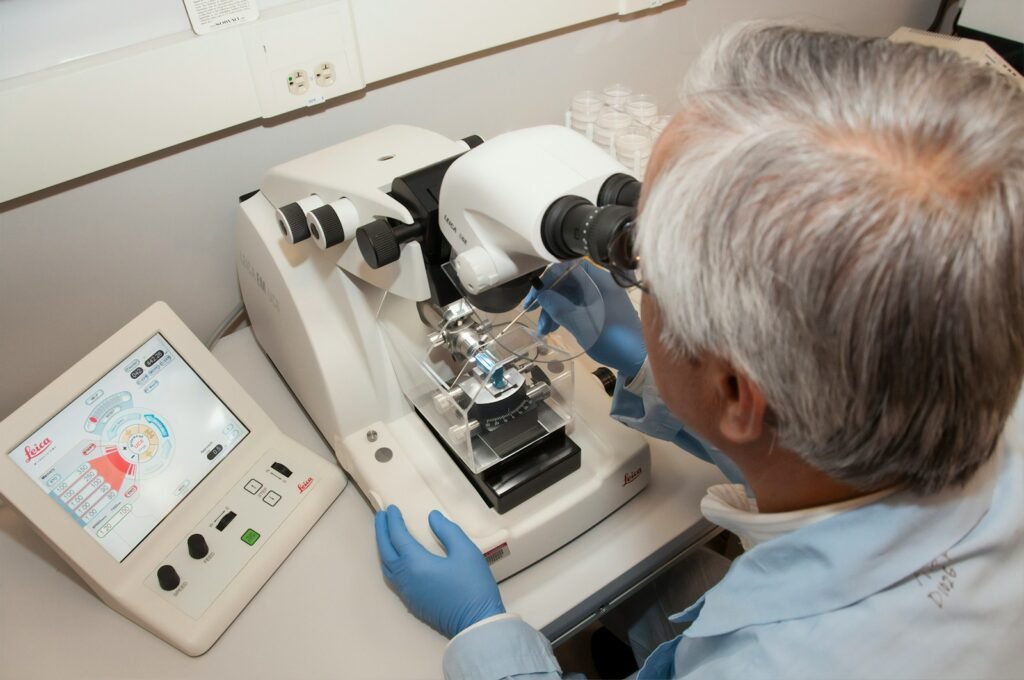In an era where technology and biology increasingly converge, biotechnology has emerged as a transformative force, reshaping industries and improving lives. From revolutionary medical treatments to sustainable agricultural practices, biotech innovations are making incredible strides. This article explores 13 life-changing biotechnology advances that are shaping our world today.
1. CRISPR Gene Editing

CRISPR-Cas9, a groundbreaking gene-editing technology, provides scientists with a precise tool to alter DNA within living organisms. This innovation has paved the way for breakthroughs in treating genetic disorders, evolving our understanding of genes, and even exploring possibilities to eradicate certain diseases. The precision of CRISPR allows for targeted modifications, reducing the trial-and-error nature of past genetic engineering techniques.
2. Personalized Medicine

Personalized medicine leverages biotechnology to tailor healthcare based on an individual’s genetic profile. By understanding a patient’s unique genetic makeup, healthcare providers can curate treatment plans that are more effective and have fewer side effects. This approach marks a shift from one-size-fits-all treatments to a more personalized healthcare experience.
3. Bioprinting and Tissue Engineering

Bioprinting uses 3D printing techniques to create living tissues, potentially revolutionizing organ transplants. With the possibility of fabricating organs from a patient’s own cells, bioprinting greatly reduces the risk of organ rejection and the dependence on donor organs. This advancement holds immense promise for improving transplant success rates and saving lives.
4. Immunotherapy in Cancer Treatment

Immunotherapy harnesses the power of the immune system to fight cancer, offering new hope where traditional treatments fail. By stimulating the body’s natural defenses, immunotherapy aims to identify and destroy cancer cells more effectively. This biotechnology innovation has provided remarkable results in some cancer types, including certain melanomas and lymphomas.
5. Synthetic Biology

Synthetic biology involves designing and constructing new biological parts, devices, and systems. This field seeks to create synthetic organisms to perform specific tasks, such as producing sustainable fuels, cleaning pollutants, or developing new drugs. The potential applications of synthetic biology are vast, offering solutions to some of the world’s most pressing environmental and health challenges.
6. Genetically Modified Crops

Genetically modified (GM) crops have been engineered to withstand environmental challenges, resist pests, and improve nutritional content. These agricultural innovations contribute to food security, allowing for more efficient and sustainable farming practices. The development of GM crops is especially vital in regions facing harsh climates and food scarcity.
7. Stem Cell Therapy

Stem cell therapy utilizes the regenerative potential of stem cells to repair or replace damaged tissue. This therapeutic approach shows promise for treating conditions such as Parkinson’s disease, spinal cord injuries, and diabetes. Stem cell research continues to reveal new ways to harness their versatility for regenerative medicine.
8. Microbiome Research

The human microbiome, consisting of trillions of microorganisms living within us, plays a crucial role in our health. Advances in biotechnology allow researchers to study the microbiome’s impacts on diseases and wellness, leading to innovations in probiotic therapies and dietary recommendations tailored to individual microbiome profiles.
9. Gene Therapies

Gene therapy aims to treat or prevent disease by altering the genes responsible for the condition. Recent advancements have seen significant progress in treating genetic disorders such as cystic fibrosis and muscular dystrophy, offering hope to patients with previously untreatable conditions.
10. Biofuels from Algae

Algae-based biofuels present a sustainable alternative to fossil fuels, offering a renewable energy source with a lower carbon footprint. Innovations in biotech are improving the efficiency and scalability of algae cultivation, making biofuels more viable for meeting global energy demands sustainably.
11. Vaccine Development and Production

Biotechnology has significantly accelerated the development and production of vaccines, exemplified by the rapid creation of COVID-19 vaccines. Techniques such as mRNA technology have transformed the vaccine landscape, allowing for quicker responses to emerging infectious diseases.
12. Environmental Biotechnology

Environmental biotechnology uses bioremediation to clean up polluted environments, utilizing microorganisms to break down contaminants. This approach provides an eco-friendly solution for managing waste and restoring ecosystems, crucial for combating environmental degradation.
13. Agricultural Biotechnology

Agricultural biotechnology encompasses techniques for modifying crops to resist pests, enhance nutritional content, and optimize yield. Innovations such as drought-resistant crops provide relief to regions grappling with climate change impacts, supporting global food security.
In summary, these 13 biotechnology advances are not just scientific achievements; they are critical tools reshaping the landscape of healthcare, agriculture, and environmental management. As biotechnology continues to evolve, the potential for further innovations remains vast, promising solutions to some of our most significant global challenges. This transformative field underscores the power of technological ingenuity in improving lives and fostering a sustainable future.




